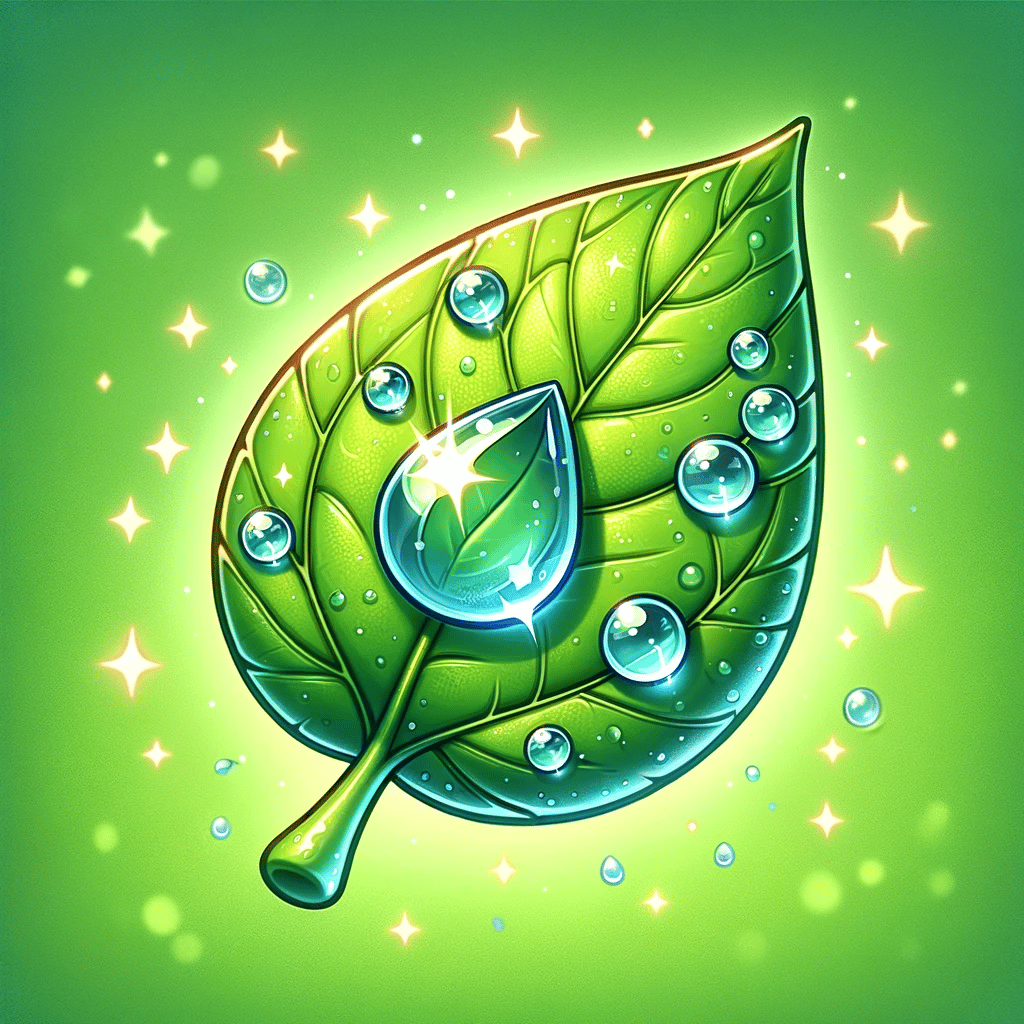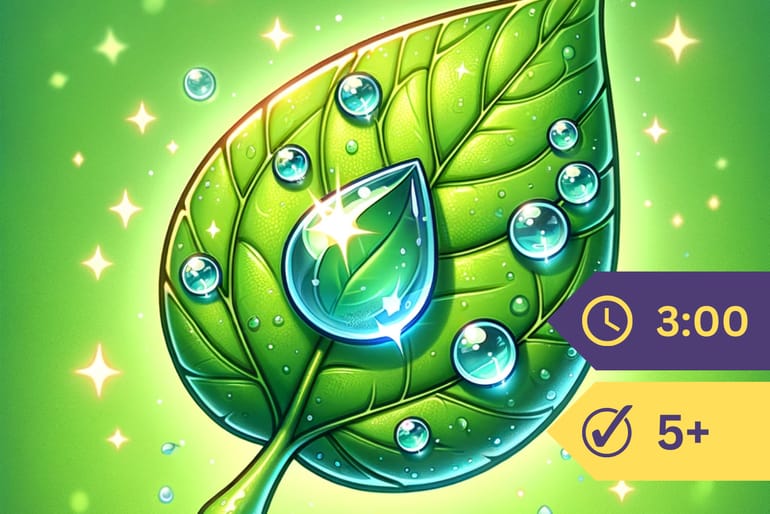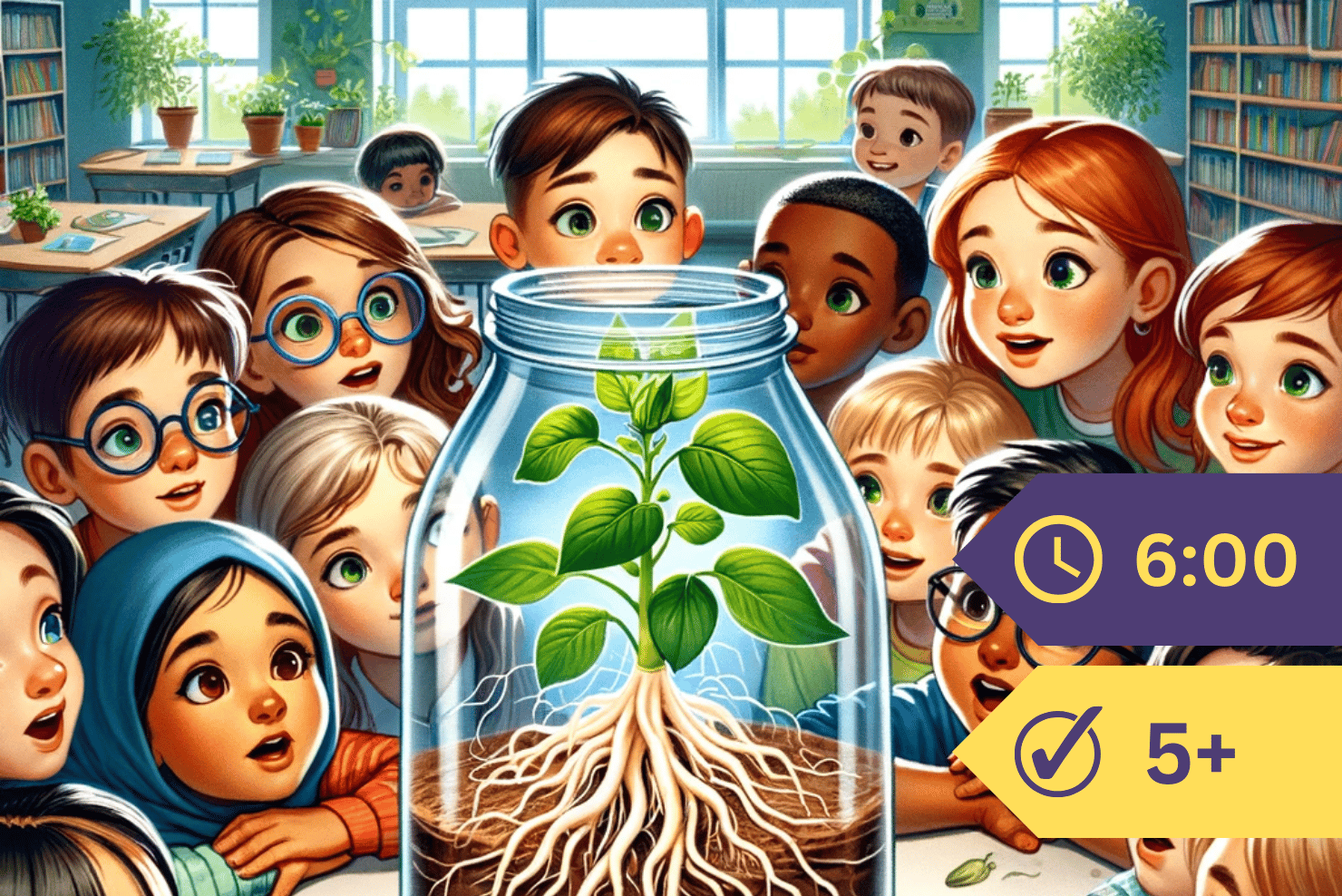We cannot see the water as it passes from the tiny leaf mouths into the air. Neither can we see the water that is being constantly carried from the surface of our bodies into the air. But if we breathe against a window pane, the scattered water in our breath is collected by the cold of the glass in a little cloud; and if we place the warm palms of our hands against this window pane, in the same way the cold collects the water that is passing from the little mouths in our skin, and shows it to us as a cloud on the glass.
Heat scatters water so that we cannot see it, any more than we can see the lump of sugar when its little grains are scattered in hot water; but cold gathers together the water drops so that we are able to see them.
This is why you can “see your breath,” as you say, on a cold day. The cold outside air gathers together the water which was scattered by the heat of your body.
If you place against the window pane the under side of the leaves of a growing plant, the water passing from the tiny leaf mouths collects on the glass in just such a damp cloud as is made by the moist palms of your warm hands.
When water passes from your hands, you say that you are perspiring; and when water passes away from the plant, we can say that the plant perspires. Some plants perspire more freely than others. A sunflower plant has been known to give off more than three tumblers of water a day by this act of perspiration.
There is a tree, called the Eucalyptus, whose leaves perspire so freely that it is planted in swampy places in order to drain away the water.
Of course, the more quickly the leaves throw off water, the faster the fresh supply pushes up the stem.
If the leaves do their work more quickly than the roots make good the loss, then the plant wilts.
When a leaf is broken from a plant, it soon fades. Its water supply being cut off, it has no way of making good the loss through the leaf mouths.
Just as the air in a balloon keeps its walls firm, so the water in the leaf cells keeps the cell walls firm.
As a balloon collapses if you prick it with a pin, and let out the air, so the cell walls collapse when the cells lose their water; and when the cell walls of a leaf collapse, the leaf itself collapses.






